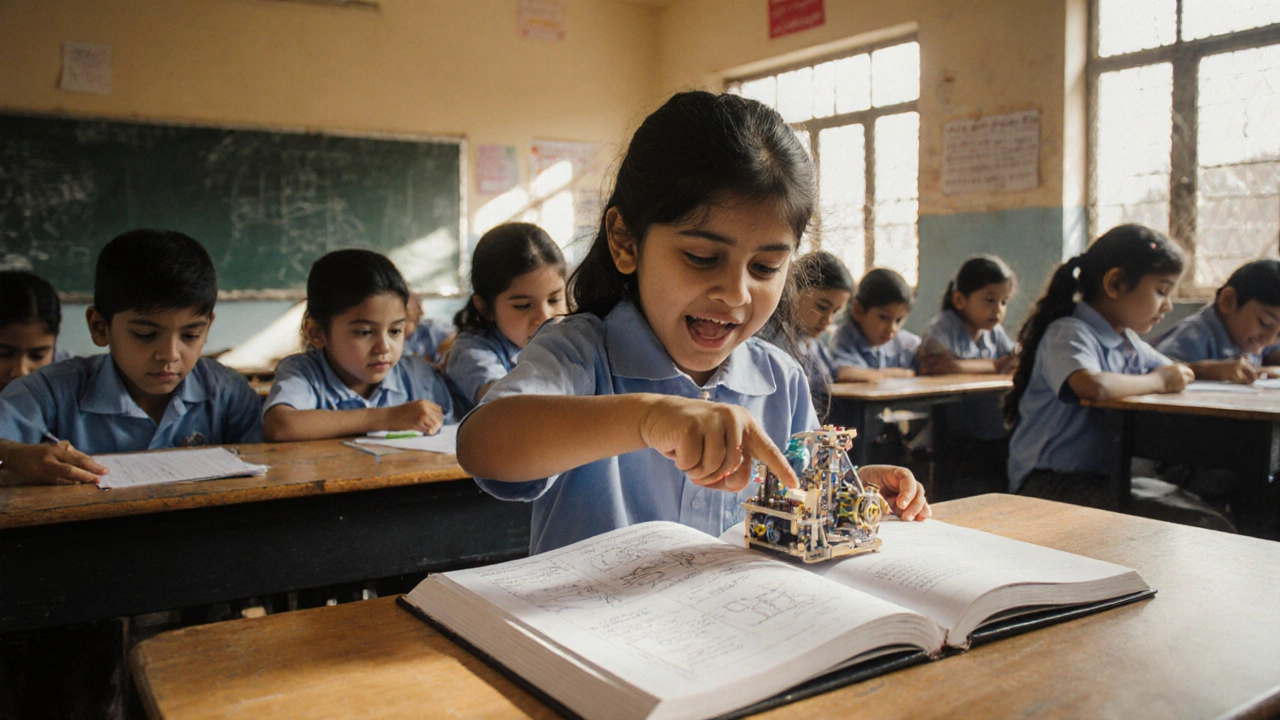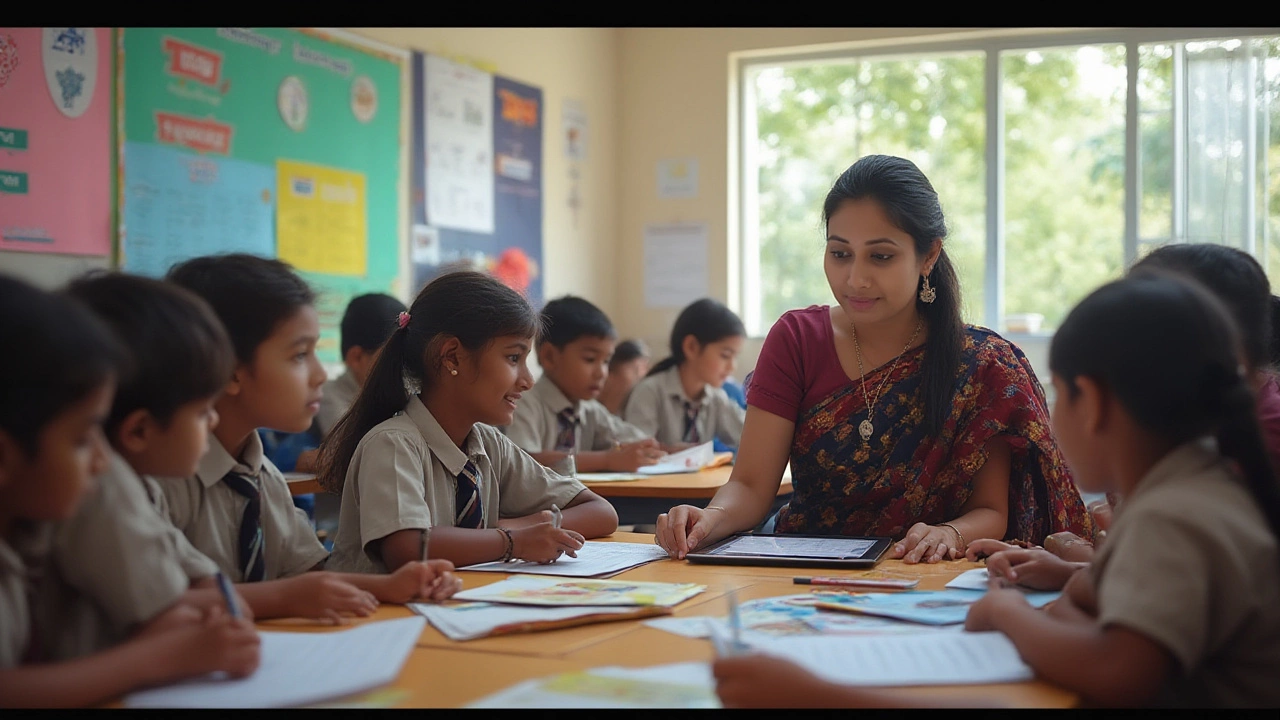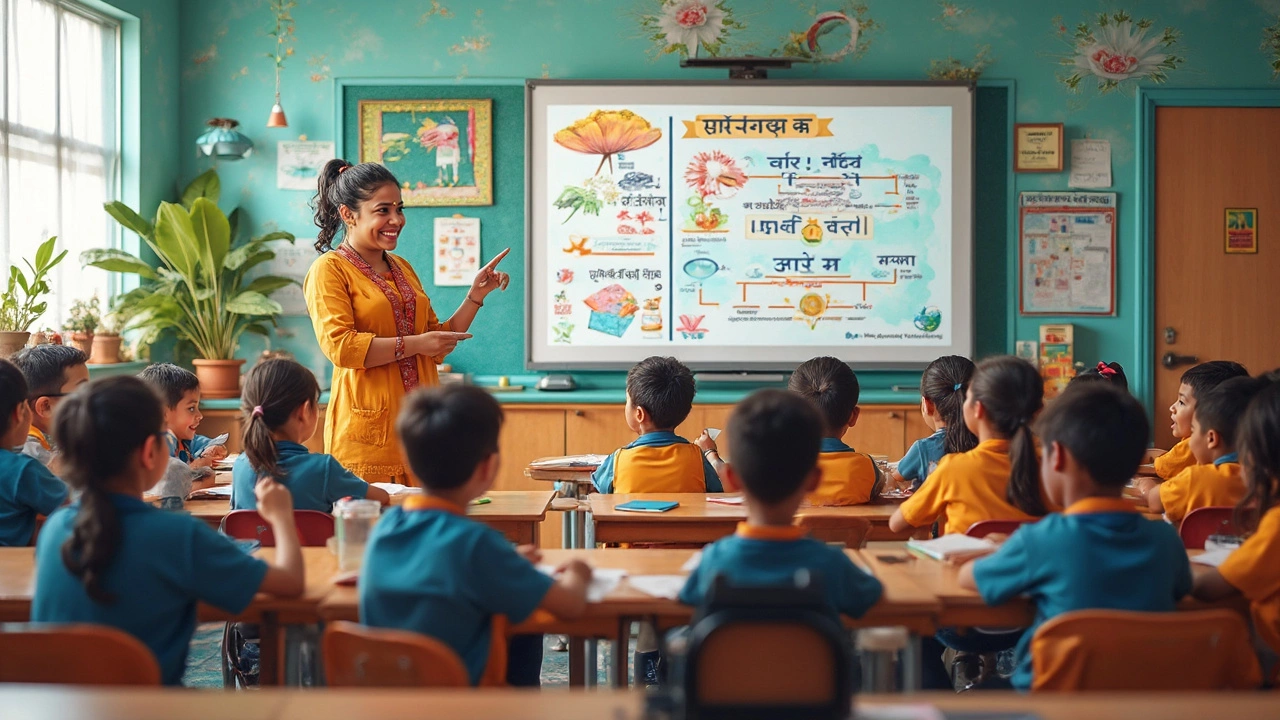CBSE Syllabus: What It Is, Why It Matters and How to Use It
If you’re a student, parent, or teacher in India, you’ve probably heard the term CBSE syllabus a lot. It’s the roadmap for what you study in school, the reason exam patterns look the same across states, and a big part of why many families choose CBSE schools. Let’s break down the basics, the perks, and the best ways to make it work for you.
How the CBSE Syllabus Is Structured
The CBSE syllabus is divided into three main stages: Primary (Class 1‑5), Middle (Class 6‑8) and Senior (Class 9‑12). Each stage has a set of core subjects—Math, Science, English, and a second language—plus optional electives like Computer Science, Physical Education, or Home Science. The board updates the curriculum every few years to keep it relevant, so you’ll see new topics like Artificial Intelligence basics or environmental studies appearing in recent versions.
One practical tip: download the latest PDF from the official CBSE website and bookmark the chapter list for each subject. Having a clear view of the chapters helps you plan revisions and avoid last‑minute surprises.
Why Students and Parents Prefer CBSE
First, the syllabus is nationally uniform. That means if you move from Delhi to Chennai, your textbooks and exam patterns stay the same. Second, CBSE focuses on conceptual understanding rather than rote memorisation, which aligns well with competitive exams like JEE and NEET. Third, the assessment model includes periodic tests, project work, and practical labs, giving a more rounded view of a student’s abilities.
Parents also like the clear grading system—grades are based on a 100‑point scale, making it easy to track progress. The board’s emphasis on life skills and value education is another plus that many families mention when comparing CBSE with other boards.
Want to get the most out of the syllabus? Here are three quick actions:
- Create a semester‑wise planner. Mark out when each chapter is taught and set mini‑goals for mastering key concepts.
- Use NCERT books as your primary source. They’re written exactly to the syllabus and are the safest bet for exam prep.
- Practice past year papers. The pattern hardly changes, so solving old papers builds confidence and highlights weak spots.
Finally, remember that the syllabus isn’t a dead document. Teachers often add supplementary notes, and online platforms provide videos and quizzes that match each chapter. Mixing these resources keeps learning fresh and helps you retain information longer.
In a nutshell, the CBSE syllabus offers a clear, consistent, and skill‑focused pathway for Indian students. By understanding its structure, leveraging the right study tools, and staying on top of updates, you can turn the syllabus from a requirement into a powerful advantage for your academic journey.
CBSE, ICSE, and state boards each offer different approaches to child education in India. Learn which syllabus suits your child’s learning style, future goals, and local context.
Discover why CBSE is the go-to board for students and parents in India. We break down the reasons, actual benefits, and unique facts behind the CBSE craze.
Ever wondered if the CBSE syllabus stacks up against all the other major education systems worldwide? This article peels back the hype and gives you a straight rundown on what makes the CBSE unique, practical, and sometimes controversial. Get facts, real-world tips, and a cool dose of clarity on how global syllabuses compare and why parents keep circling back to CBSE. Perfect for students, parents, and anyone keen on making informed choices about school education.
Trying to pick the best school board in India can feel overwhelming, especially with all the options. This article explores how CBSE stands out compared to other boards, breaking down what makes it tick and why so many families choose it. You'll find real-world facts, tips on choosing what's best for your child, and a peek into where different boards work better. It's straight talk—just what you need to make an informed decision for your kid's future.
Curious about which education board in India is considered easiest? This article takes a practical look at the CBSE syllabus and compares it with other boards. You'll get honest facts, comparisons, and tips to help you decide which board might suit you best. The article cuts through myths, explains the real deal, and helps students and parents navigate India's education landscape more confidently.
Dig into what CBSE stands for in Indian education, its actual role in shaping school life, and why it matters for students all over the country. Get straight facts on the system, what makes it tick, and how it guides the curriculum and exams. Find out about practical tips on choosing schools, handling the CBSE syllabus, and real-life perks of the CBSE approach. Bust a few myths and see how it compares with other boards. This guide cuts through the jargon so you really understand the value behind those four letters.
Navigating the educational landscape in India can be tricky, especially when deciding which board offers the most value. CBSE often comes out on top due to its widespread recognition, focus on holistic education, and alignment with competitive exams in India. Understanding its curriculum, benefits, and how it stacks up against other boards can help students and parents make informed educational choices. This article delves into the advantages of CBSE compared to other boards in India.
The CBSE curriculum is known for its rigorous standards, causing students to often debate which subject is the toughest. While some might point to the complexity of mathematics, others find the abstract concepts in physics challenging. This article explores common perceptions of difficulty in CBSE subjects, factors that contribute to these challenges, and provides practical tips for tackling them effectively. Understanding these dynamics can help students strategize their study approaches for better outcomes.
The CBSE curriculum is not just confined to India but has made its way to several countries around the world. This article explores which countries offer CBSE, the reasons for its international presence, and how it caters to Indian expatriates and local students alike. Discover how this curriculum adapts to different cultures while maintaining its core principles. From fascinating insights into its growth to practical tips for families considering CBSE abroad, this is your guide to understanding its global reach.








